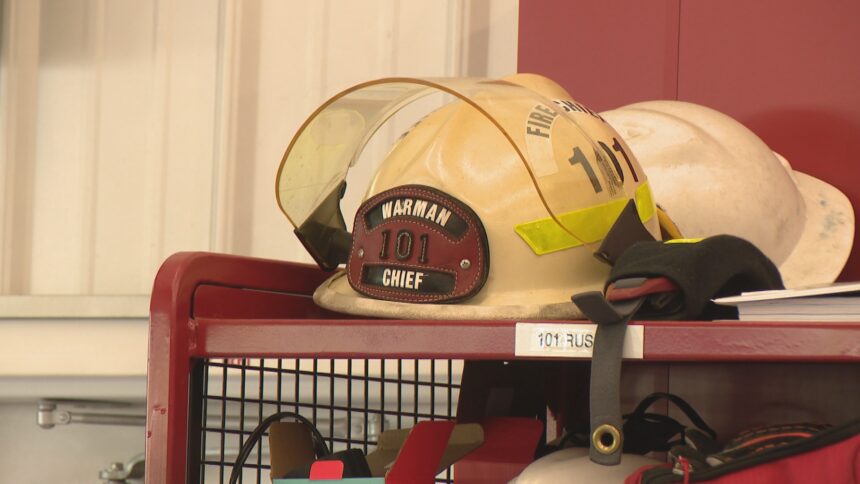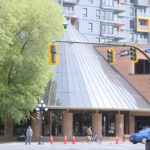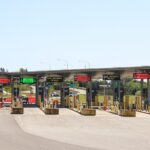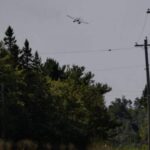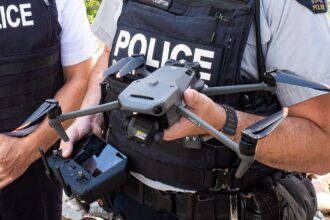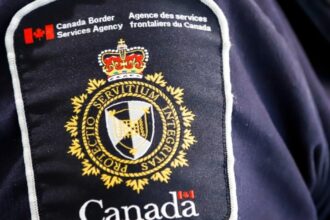As flames engulf the northern horizons of Saskatchewan, an army of volunteers stands as the province’s last line of defense against nature’s fury. More than 200 volunteer firefighters have been deployed to combat the raging wildfires that have already consumed over 35,000 hectares of Saskatchewan’s boreal forests since early May.
“We haven’t seen fire behavior this extreme this early in the season for nearly a decade,” explains Colin McKenzie, a 15-year veteran volunteer firefighter from Meadow Lake. “The combination of unusually dry conditions and strong winds has created perfect conditions for these fires to spread rapidly.”
The Saskatchewan Public Safety Agency (SPSA) reports that 27 active wildfires are currently burning across the province’s northern region, with seven classified as “out of control.” Communities including La Ronge, Buffalo Narrows, and several Indigenous territories have implemented evacuation protocols as the fires encroach on populated areas.
Volunteer firefighters, who make up approximately 80% of Saskatchewan’s firefighting force in rural regions, have been working 16-hour shifts alongside provincial wildfire management teams. These volunteers typically balance regular employment with emergency response duties, but many have temporarily left their jobs to assist with the escalating crisis.
“These aren’t just forests burning—they’re our homes, our livelihoods, our heritage,” says Danielle Lafleur, a volunteer firefighter from La Ronge who has been battling the fires for nine consecutive days. “We’re seeing community members who have never volunteered before showing up at fire stations asking how they can help.”
The provincial government has allocated an emergency fund of $5.2 million to support wildfire response efforts, but resources remain stretched thin. Premier Scott Moe has requested additional support from the federal government, including Canadian Armed Forces assistance for evacuation efforts and specialized firefighting equipment.
Climate scientists from the University of Saskatchewan note that the intensity of this year’s early wildfire season aligns with predictions of climate change impacts on the Prairie provinces. Data shows that average spring temperatures in northern Saskatchewan have risen by 1.8°C over the past 30 years, creating longer and more dangerous fire seasons.
“What we’re witnessing isn’t just an anomaly—it’s becoming our new reality,” explains Dr. Helena Vartanian, climatologist at the University of Saskatchewan. “The volunteer firefighting model that has served rural communities for generations is facing unprecedented challenges as fire seasons grow longer and more intense.”
The economic impact extends beyond the immediate firefighting costs. The forestry sector, which contributes approximately $1.2 billion annually to Saskatchewan’s economy, faces significant losses. Tourism operations in northern communities have already reported cancellations for the upcoming summer season, further straining local economies.
Indigenous communities have been disproportionately affected, with five First Nations territories implementing partial evacuations. Traditional knowledge keepers have been working alongside fire management teams to identify cultural heritage sites requiring priority protection.
“Our ancestors have lived with forest fires for thousands of years, but what we’re experiencing now is different,” says Elder Joseph Morin from the Lac La Ronge Indian Band. “The intensity and unpredictability of these fires threatens not just our physical communities, but places of deep spiritual and cultural significance.”
As the provincial weather service forecasts continued dry conditions for the coming weeks, volunteer firefighters prepare for what could become one of Saskatchewan’s most challenging wildfire seasons on record. Training programs for new volunteers have been accelerated, with weekend certification courses now compressed into intensive day-long sessions.
The question facing Saskatchewan now extends beyond this immediate crisis: How will rural communities adapt their emergency response systems to meet the challenges of increasingly severe climate-driven disasters while continuing to rely on the extraordinary commitment of volunteer responders?

